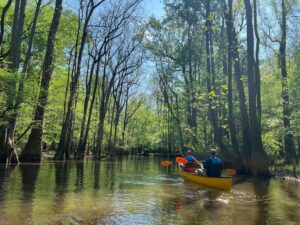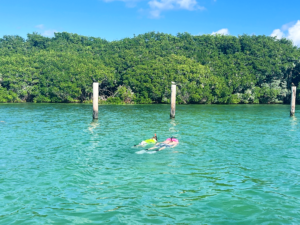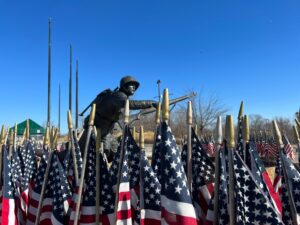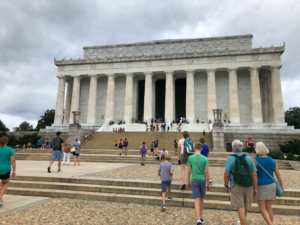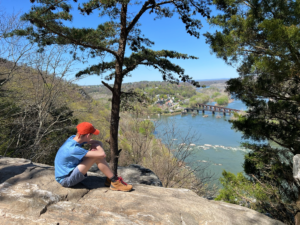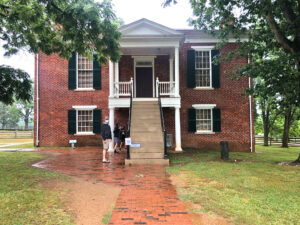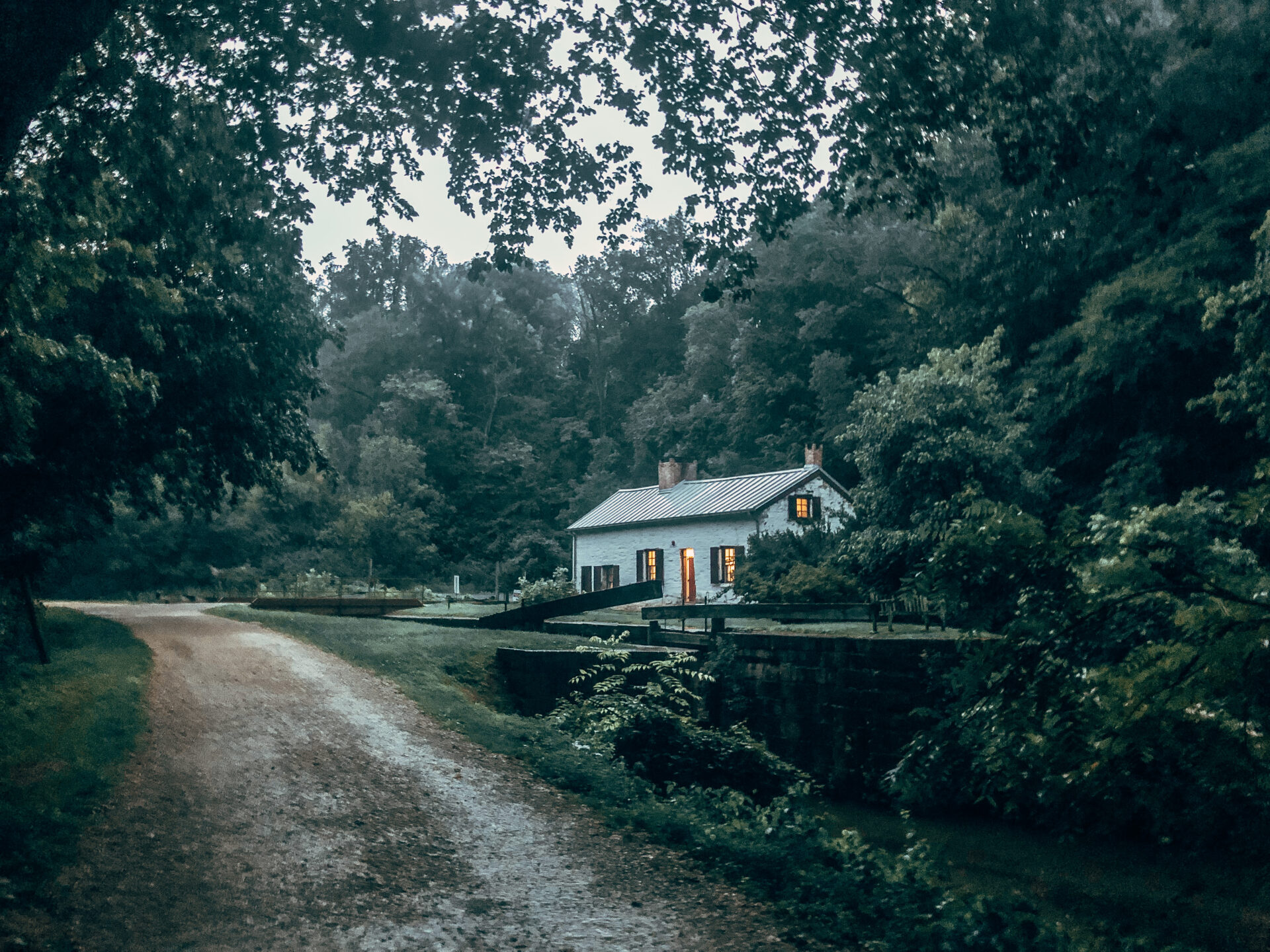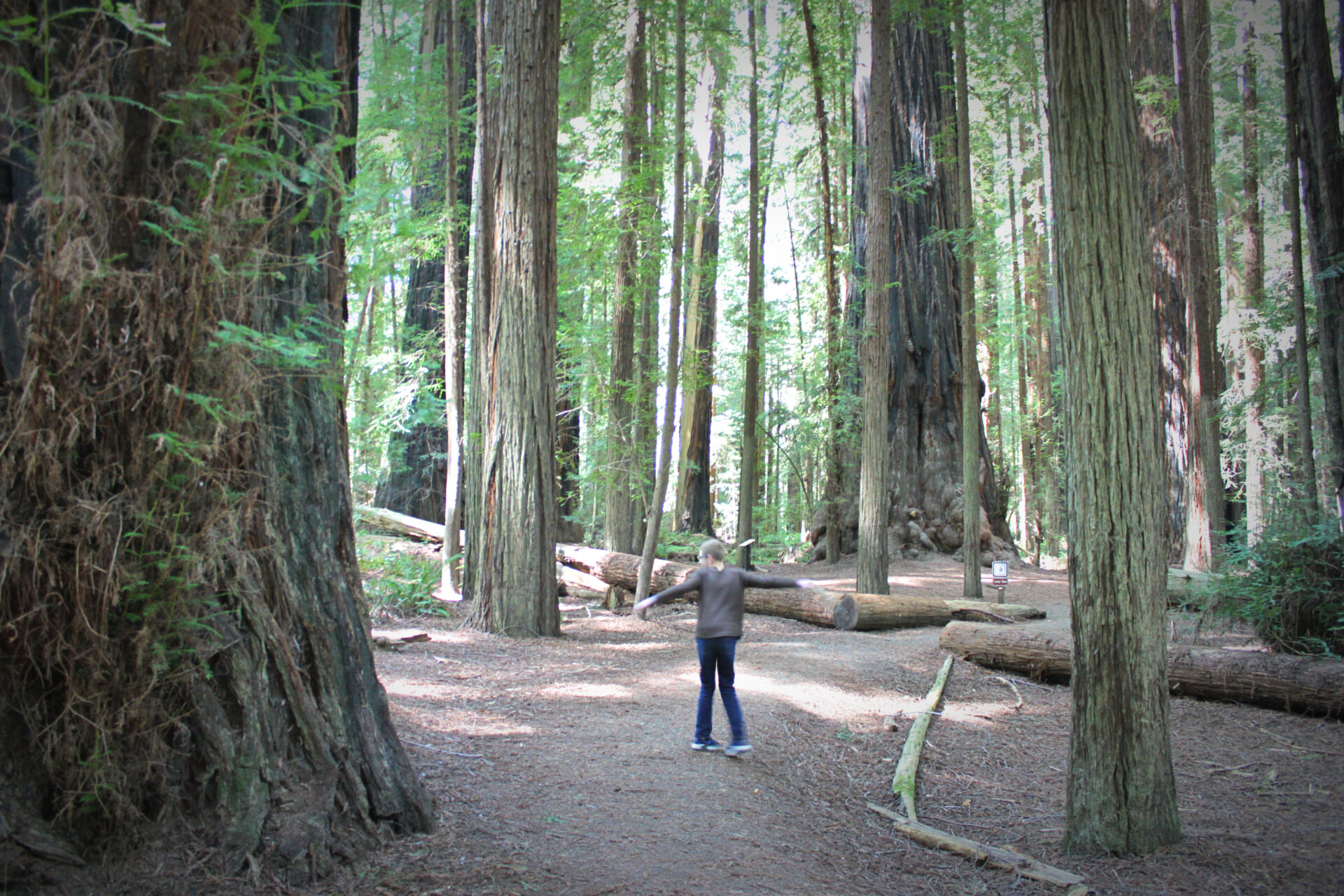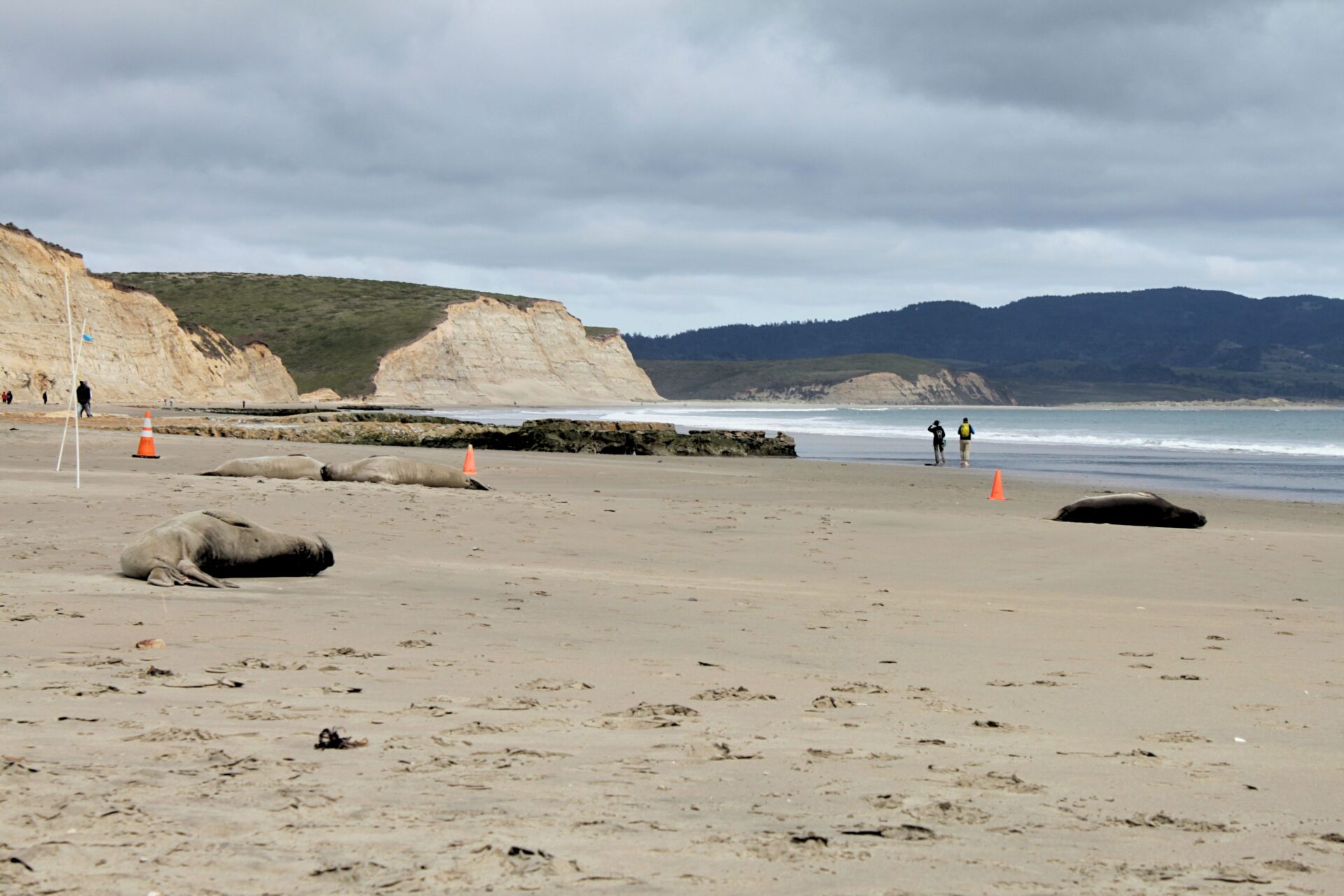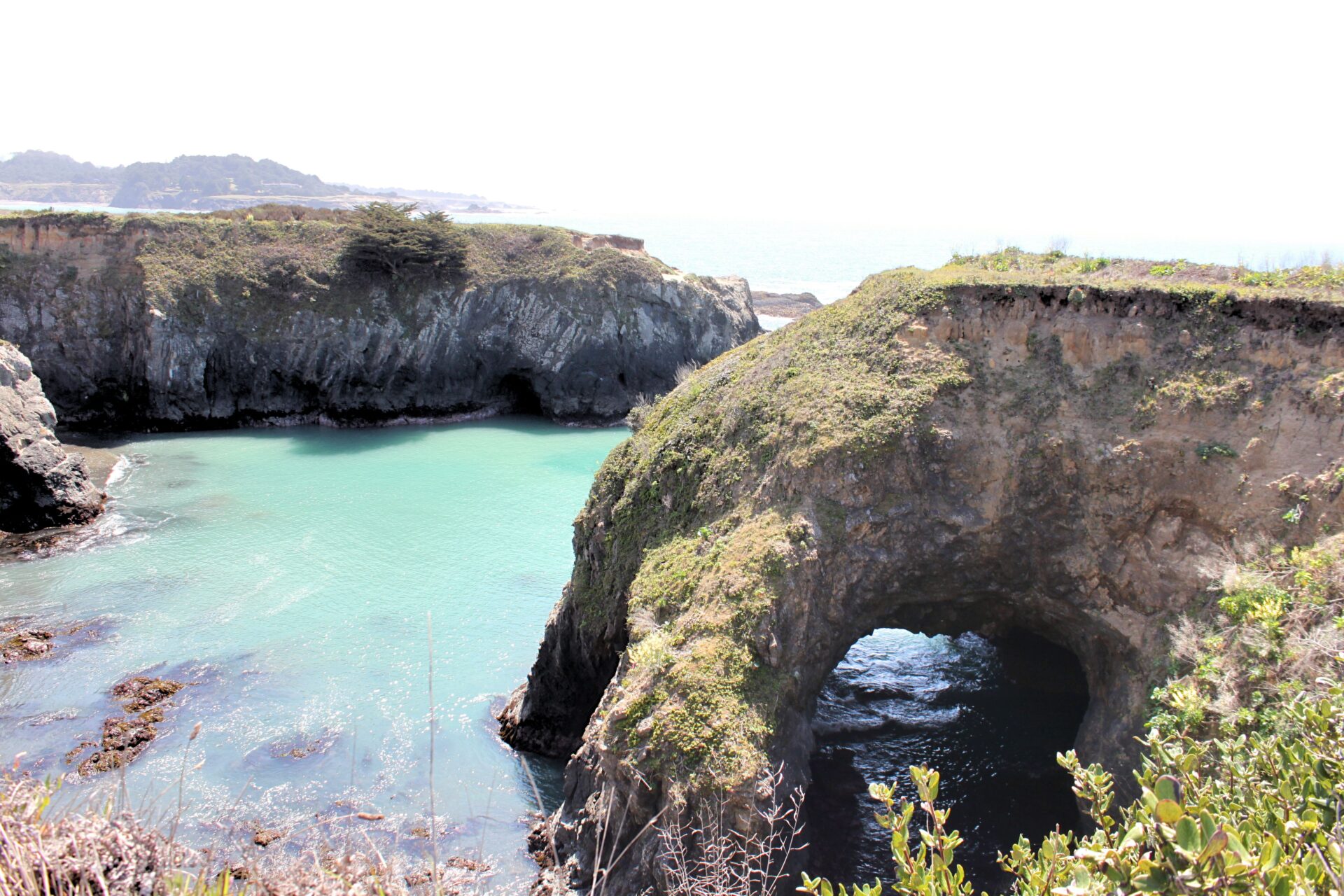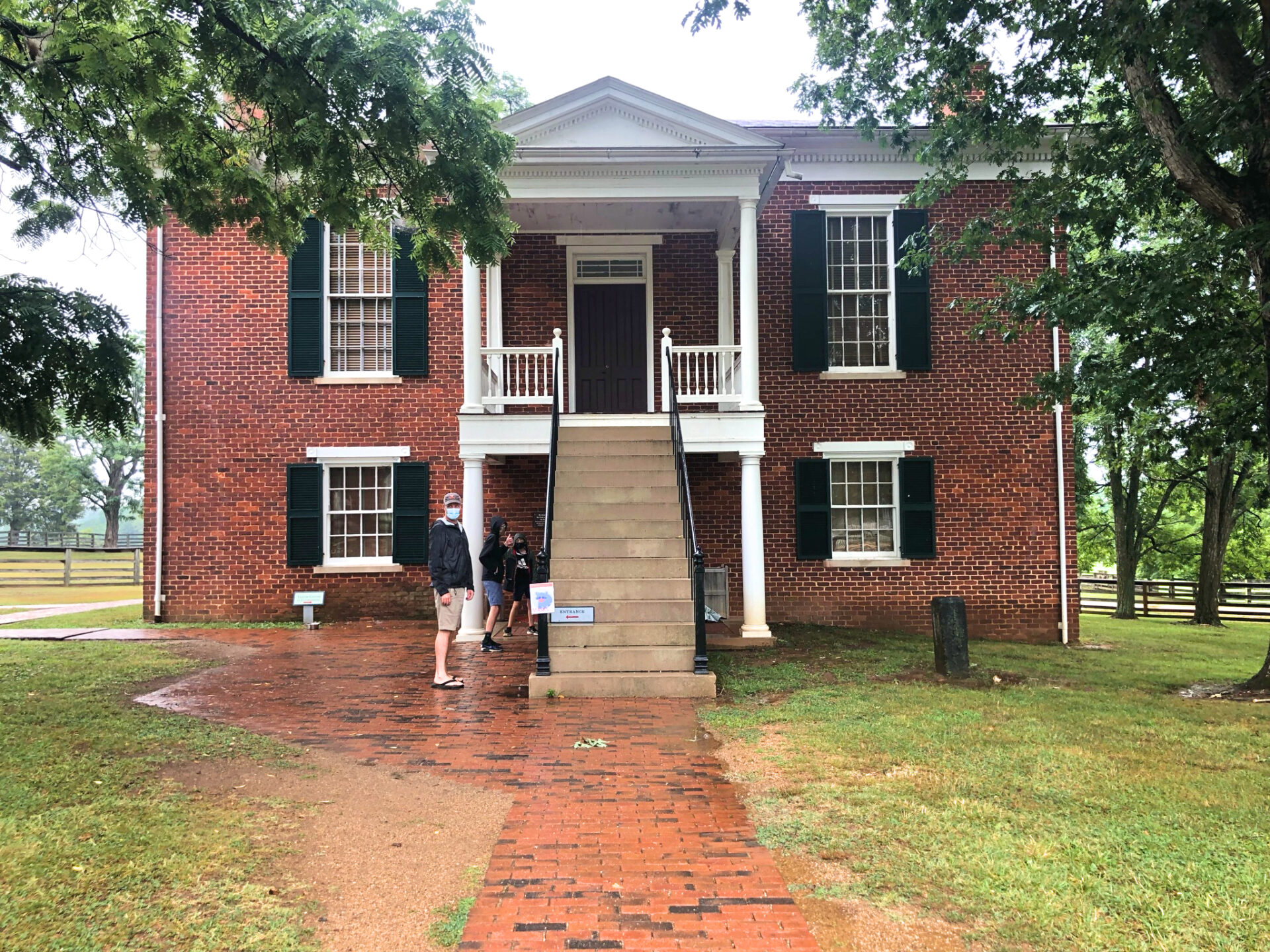
When life felt a bit too overwhelming and the Delta variant a bit too invasive, we did what works for us and we escaped to the woods.
Pulling out our pop-up camper, I found a last-minute availability in Holliday Lake State Park. While this particular park hadn’t been on our radar screen, its neighboring township had: Appomattox.
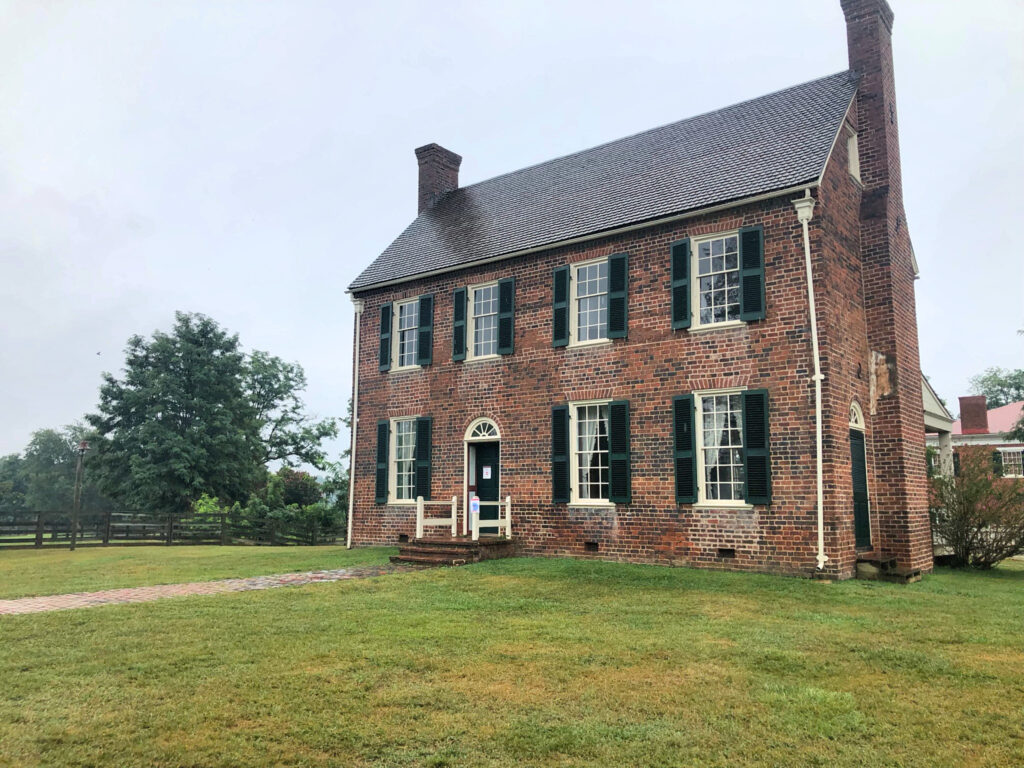
We’ve seen a lot of Virginia – from the Blue Ridge to the shores (here and here!) to the west to the southern border to huge mountain lakes. Yet we’d never explored the incredibly civilization-changing location of Appomattox.
This is the spot where the Civil War ended. This is the spot that made the nation we know today. If things had gone differently – maybe longer, maybe shorter, maybe with different leaders – the America I live in would certainly be different.
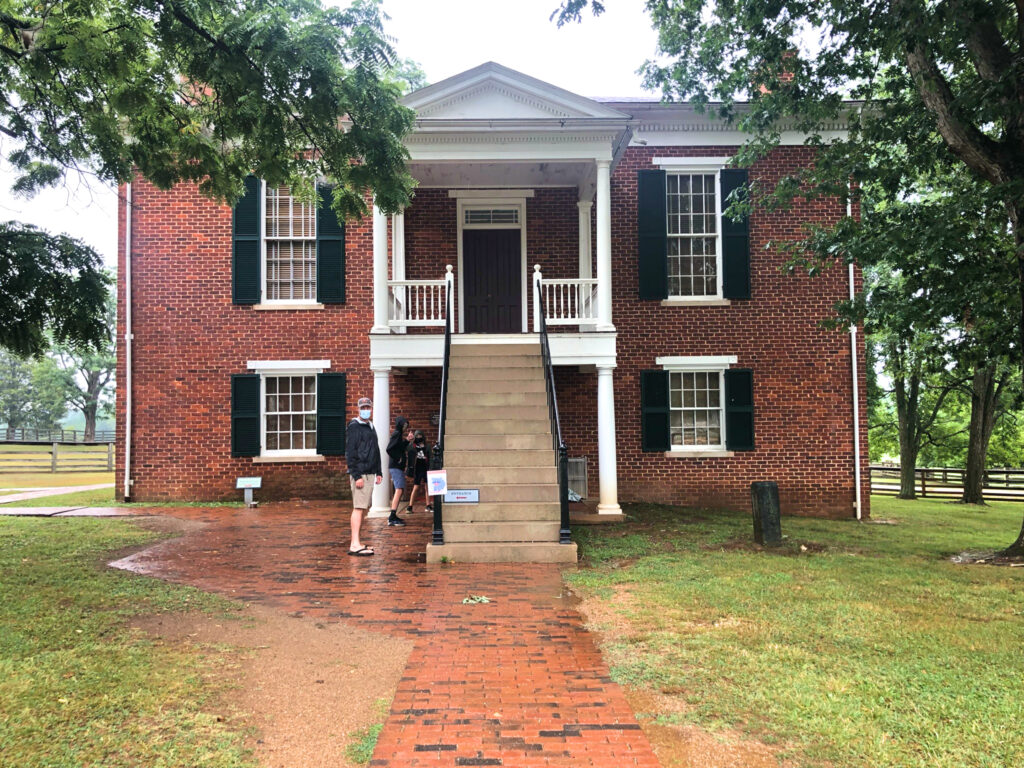
A (surprising) note on the Appomattox Court House:
We pulled up to visit the National Historical Site of Appomattox on a rainy, dreary day. It was fitting. The ghosts of soldiers past were certainly roaming the large grounds this particular day.
We tromped immediately up to the famous Appomattox Court House. We were prepared for some learning. We opened the door to this famous building and learned…
This was not the right place.
The surrender actually did not happen at the Appomattox Court House – despite all its fame and legacy and many websites claiming that it was.
There was a battle which led to a surrender that many history books call the Battle at the Appomattox Court House, and while the formal surrender happened in Appomattox, it was not at the Court House. It happened at a private residence down the street (which we’ll get to).
We were, of course, very surprised by this when we walked into the old Court House. But the park ranger behind the information desk was not at all surprised that we were surprised. She’d seen it before.
We got our bearings, watched the fantastic video inside the Court House, then walked ourselves back into the drizzle to find the true spot of the surrender of the Civil War.
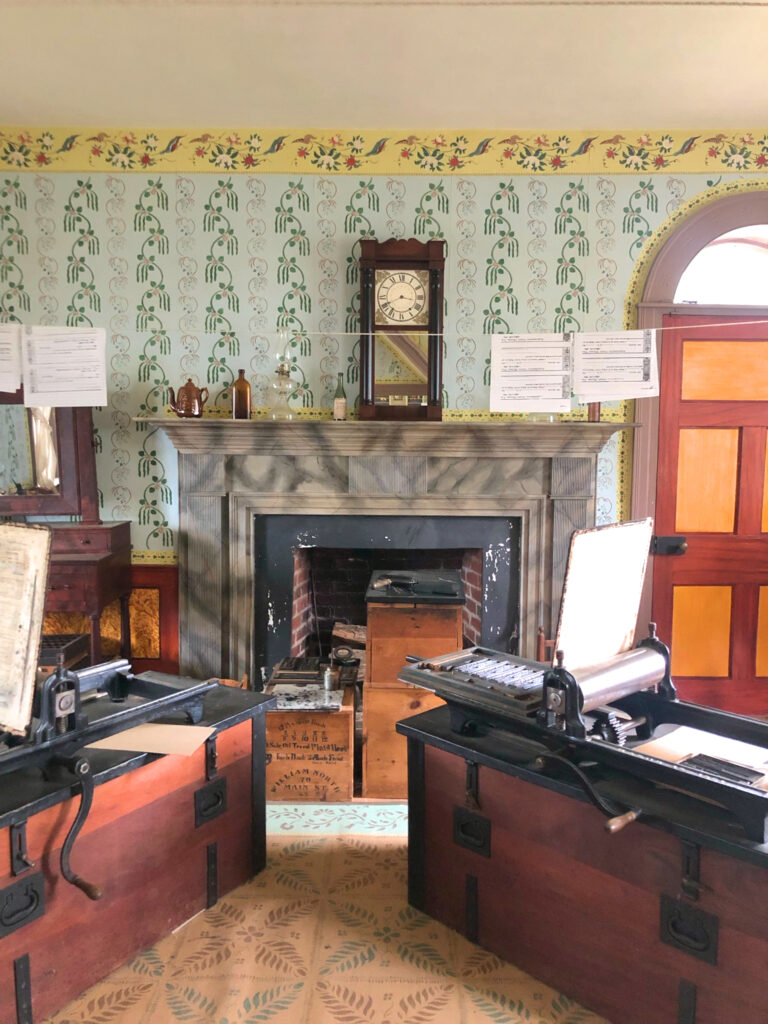
What to do at Appomattox Court House National Historic Park:
We took in a living history performance (a young man dressed in the Union uniform gave a dramatic performance as if he were from the 1800s) that put a lot into perspective – and that our kids really enjoyed. It was performed on the porch of the old tavern.
Afterwards, we walked into the old building, where we took in some exhibits, including a replication of the thousands of parole passes printed for Confederate soldiers, providing them safe passage after the surrender.

The grounds of Appomattox are well laid out and thoughtfully restored. We found it an interesting and friendly place to roam for a couple of hours. Context was easy to grasp thanks to the solid work of the National Parks Service in presenting the history. (This experience was entirely different than Historic Williamsburg, by the way.)
After enjoying the exhibits and video inside the Court House, the living history performance, the old jail (which is obviously haunted), and walking the gravel road where they say General Lee rode his horse on the way to surrender, we found the McLean House.
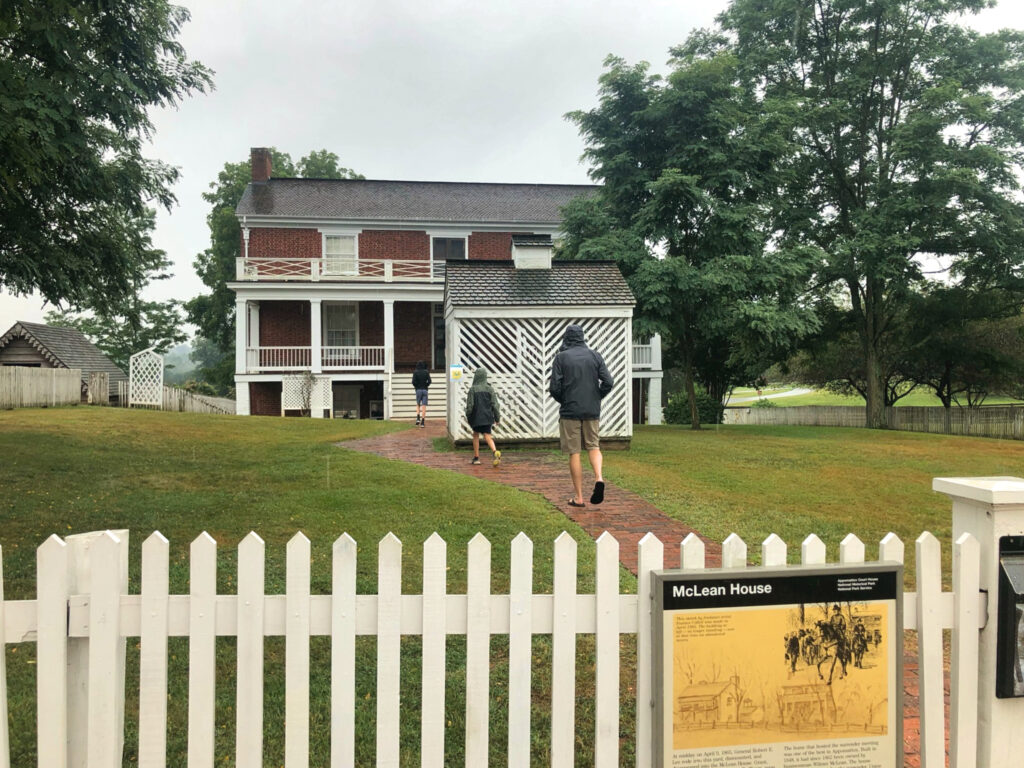
THIS is where the end of the Civil War officially happened. In the parlor of a private residence, Lee surrendered the war, and Grant wrote up the terms and conditions of surrender on the spot (which meant that Grant had some latitude – nothing was wired to the President before Lee signed).
The McLeans were a wealthy family in Appomattox at the time and offered their house, although it is believed by default. It is said they were one of the only families not to flee during the battle. So their house became the site of the surrender tableau, even though they were presumably Confederate sympathizers. They made their money running sugar across the blockades and were slave owners. When the war ended, their fortune had been amassed in Confederate dollars and, as such, they were forced to sell the home.
The National Parks Service didn’t acquire the property until the 1940s. In the 1890s, the house was deconstructed and was set to be moved to Washington, D.C. for display. But the depression hit and the project sat unattended. When the NPS was granted the property, they rebuilt a new version the house (I don’t know what storage bin the pieces of the original one currently sit in).
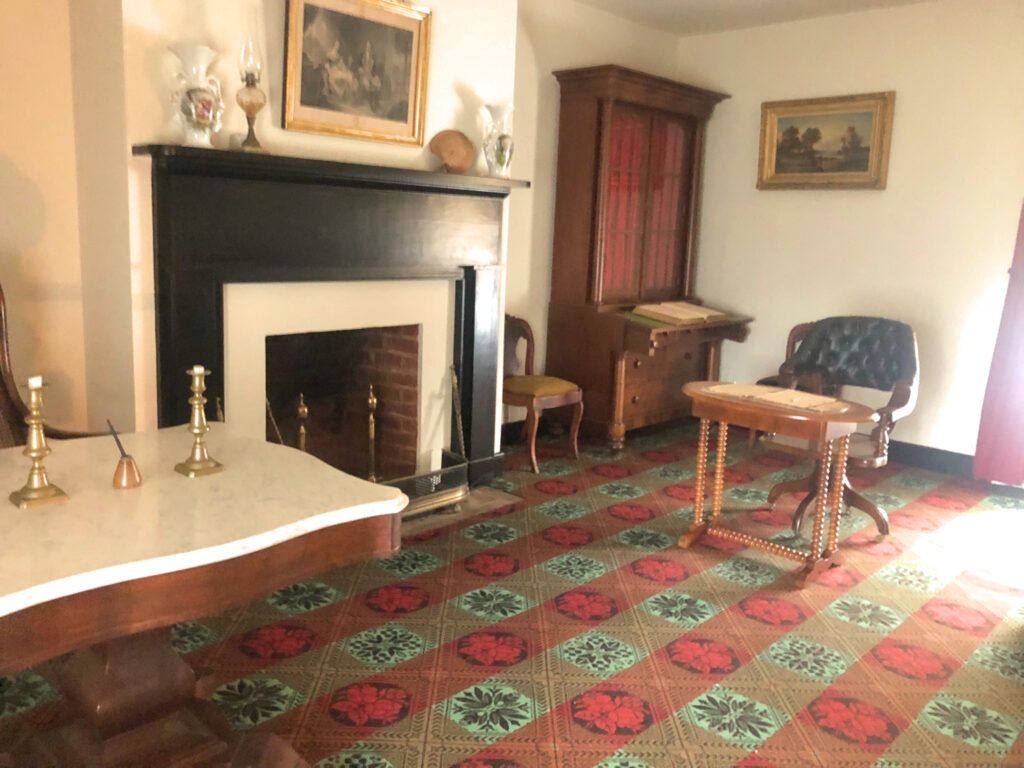
Why a visit to the Appomattox Court House National Historic Park is worth it:
The park is such a unique experience and phenomenally put together. It wasn’t just that the grounds were well-maintained and preserved, but, also, the way the literature and presentations challenged our family to think about the surrender and, more importantly, the terms of the agreement.
Questions presented to us that we never thought to ask but were subsequently fascinated by:
- What if Lincoln had been assassinated four days earlier?
- What if Lincoln had survived?
- What if Lincoln and the government did what most ruling parties did at that time and killed all of the Confederate “traitors?” Instead, the soldiers were given amnesty, freedom, even allowed to keep their belongings like firearms, and sent home with a parole pass.
- Did Grant get the terms of surrender right? After all, he never actually checked in with Lincoln in the moment (though, of course, historians are sure that Grant and Lincoln were already on the same page).
- What if the war hadn’t been surrendered at that time on that day?
- What if the Civil War had continued?
This is such a pivotal moment for our county, surrounded by a million little decisions and moments that went into the final signatures on the surrender agreement. So many “what if”s that are interesting to consider, especially with our kids.
Appomattox made history a true living influence, not just an exercise on paper, where we couldn’t help but feel how powerfully we are affected by events centuries ago and how powerless we are about the time and place into which we are born and delivered.
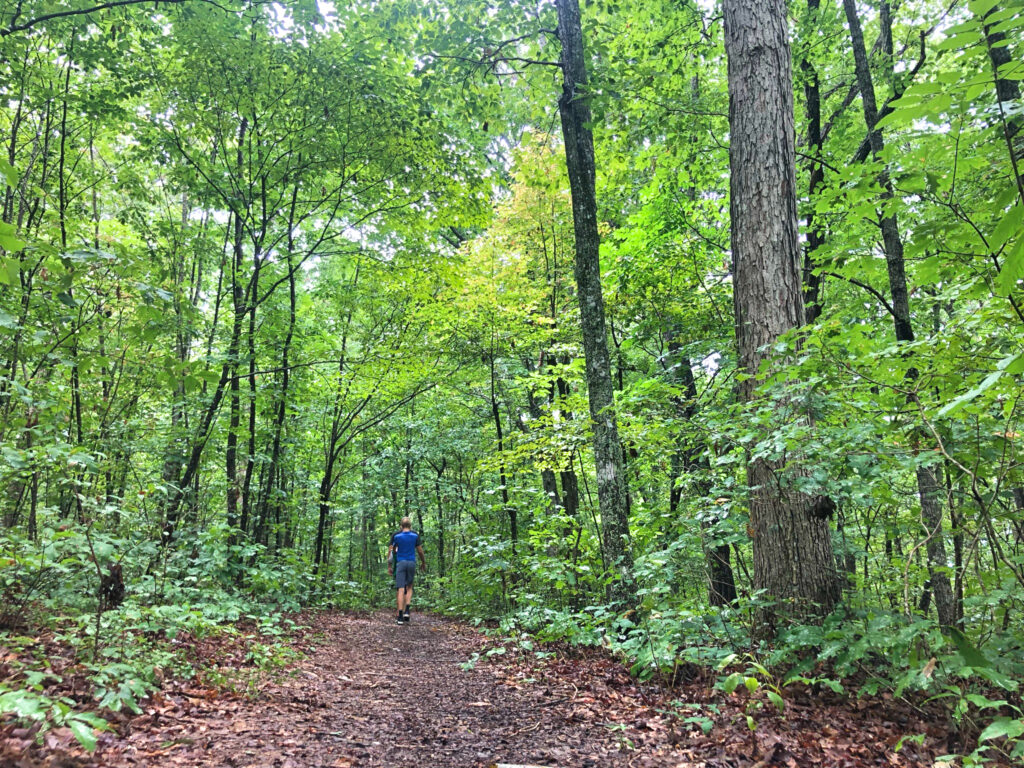
After taking in the immediate grounds of the Historic Park, we hopped in the car to look at some of the surrounding area. We spent time tromping around General Lee’s last headquarters location. It was a buggy, overgrown, verdant woods.
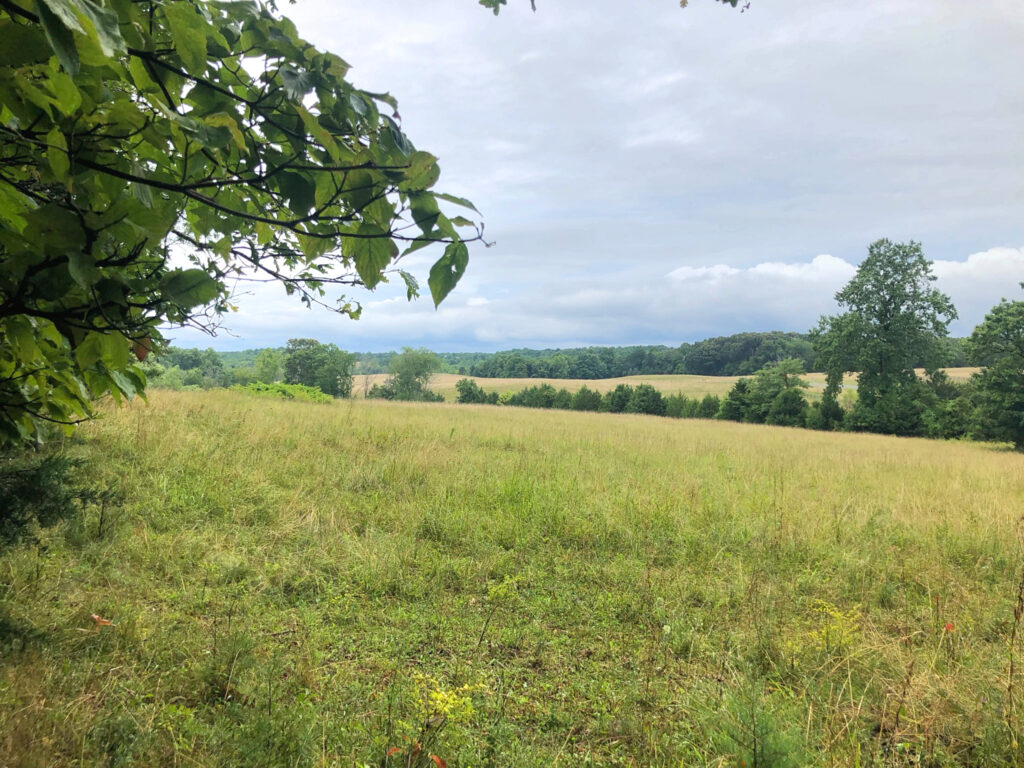
And we took in the rolling fields. They were heartbreakingly beautiful. Not only were they hard to fathom with their depth and presence, but hundreds of men (many teenagers) died in those fields, and it was overwhelming to consider.
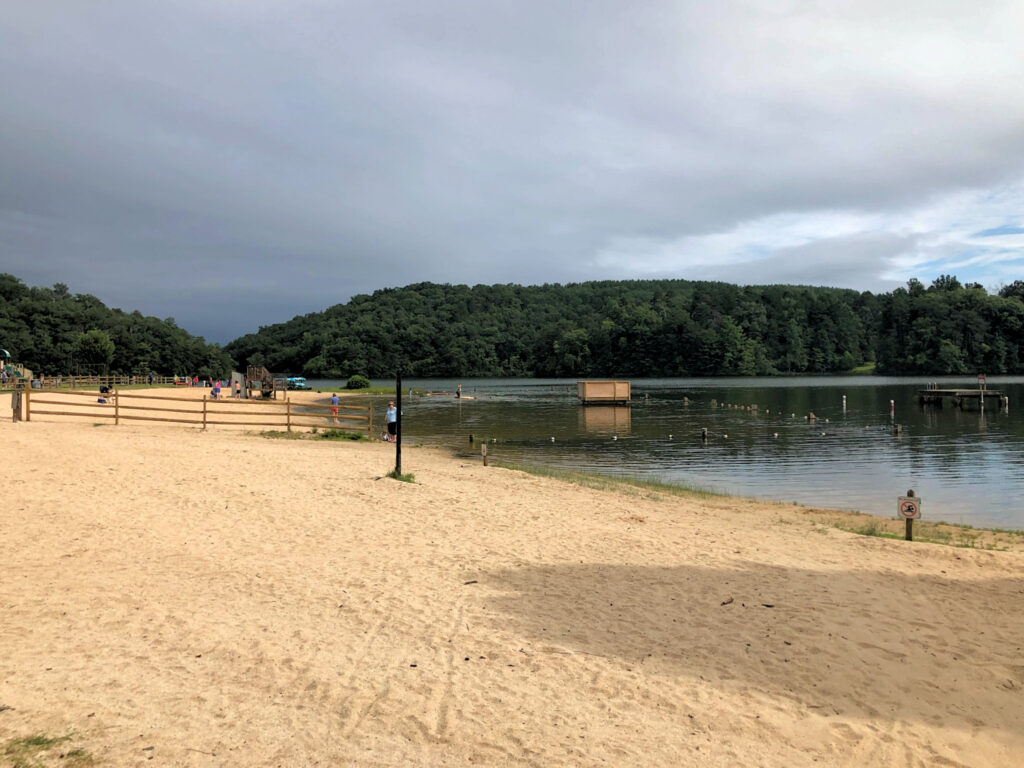
About the Town of Appomattox and Holliday Lake State Park:
Honestly, the remainder of our visit to the area was underwhelming. As of 2019, the population of Appomattox was just 1,856 and COVID has injured this town in a significant way.
There were very few restaurants available at all, and we ended up at the one that had open hours for lunch – but it was a pretty miserable experience all around. Beyond that, there wasn’t much to see or do that intrigued our family.
Our stay at Holliday Lake State Park was also not our favorite camping experience. For some reason, the electrical hookups at the campsites available in our loop were all on the wrong side? It was a really awkward set up.
Getting in and out of the state park was not easy with washed out gravel roads in the middle of nowhere.
And while the lake was fun to swim in, we were just generally, as I said, underwhelmed by this park.
All that confessed, I wouldn’t hesitate to head to Appomattox with my kids at all. It may not be a robust area for spending days, but it is certainly a wonderful place to spend a day considering the momentous history that we live in the shadow of. And, of course, asking the “what if”s.
For more on Appomattox National Historic Park and Holliday Lake State Park:
- The official NPS site here: www.nps.gov/apco
- Holliday Lake State Park information: www.dcr.virginia.gov/state-parks/holliday-lake



